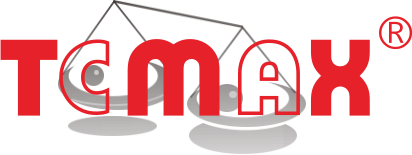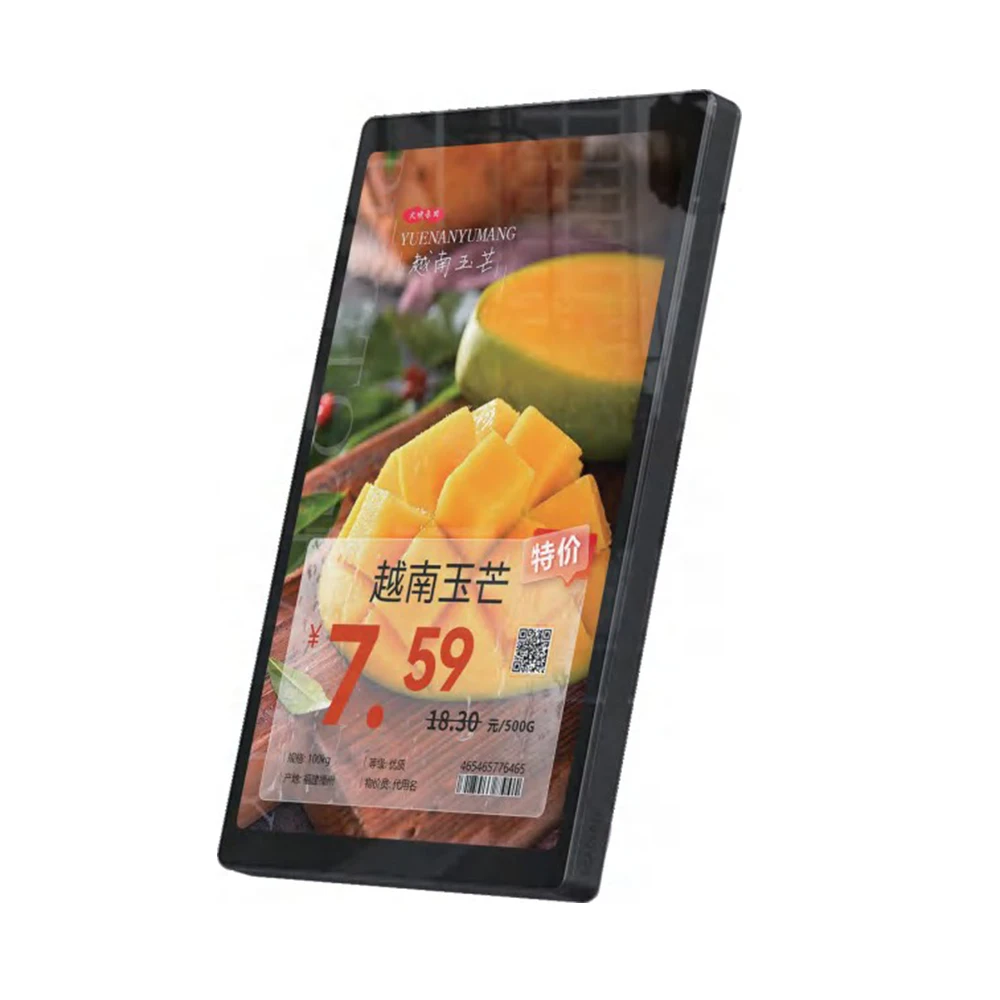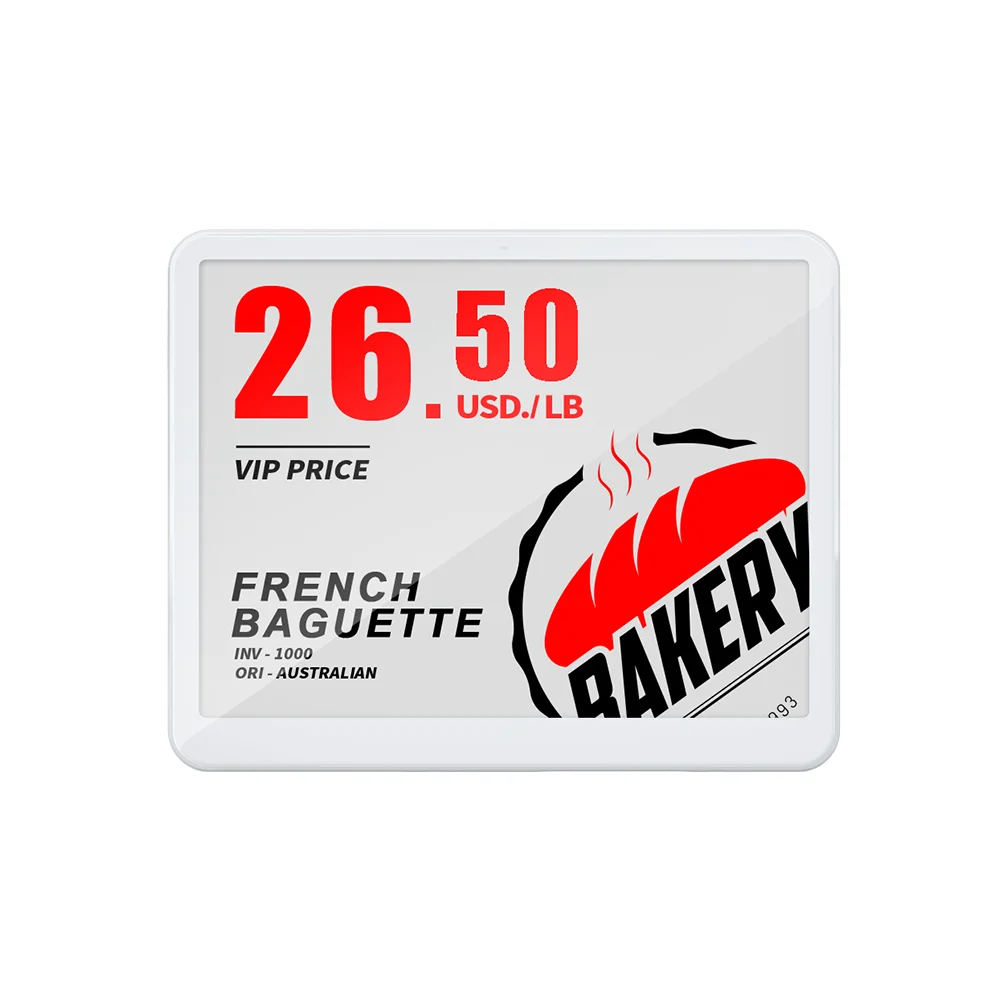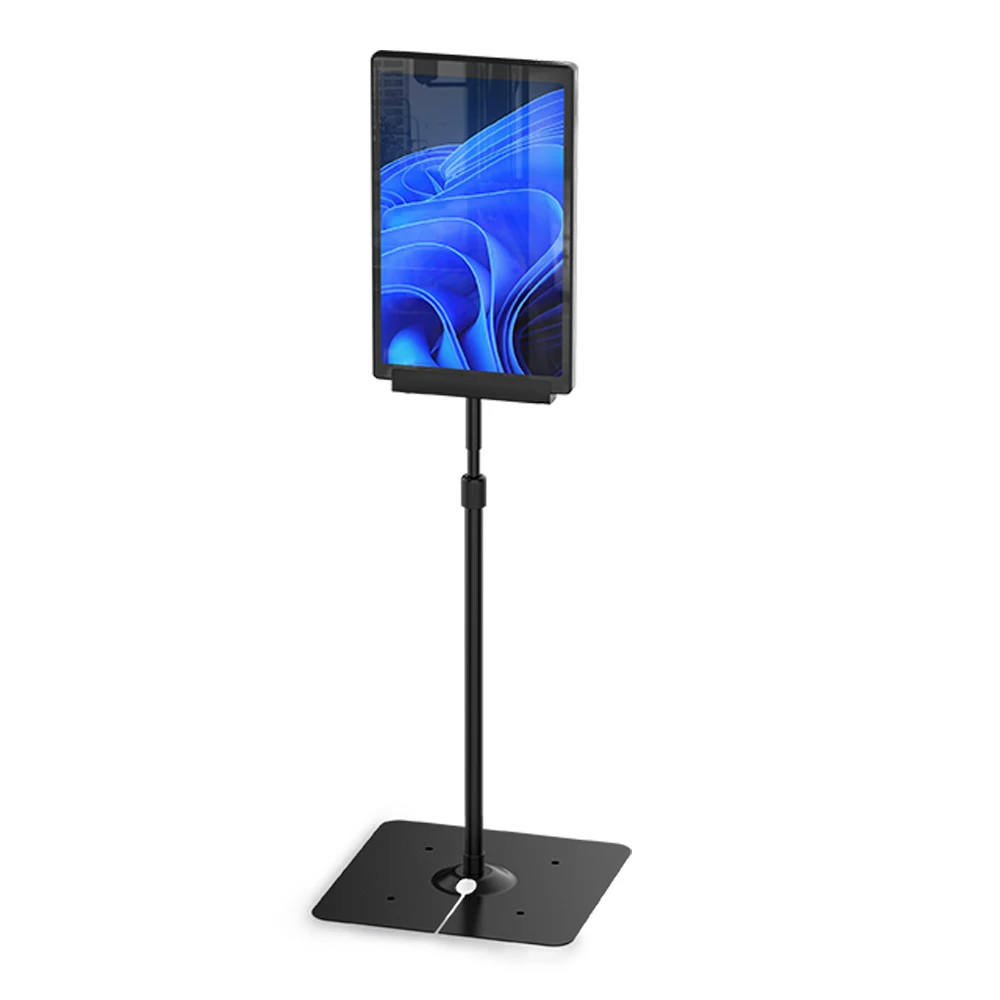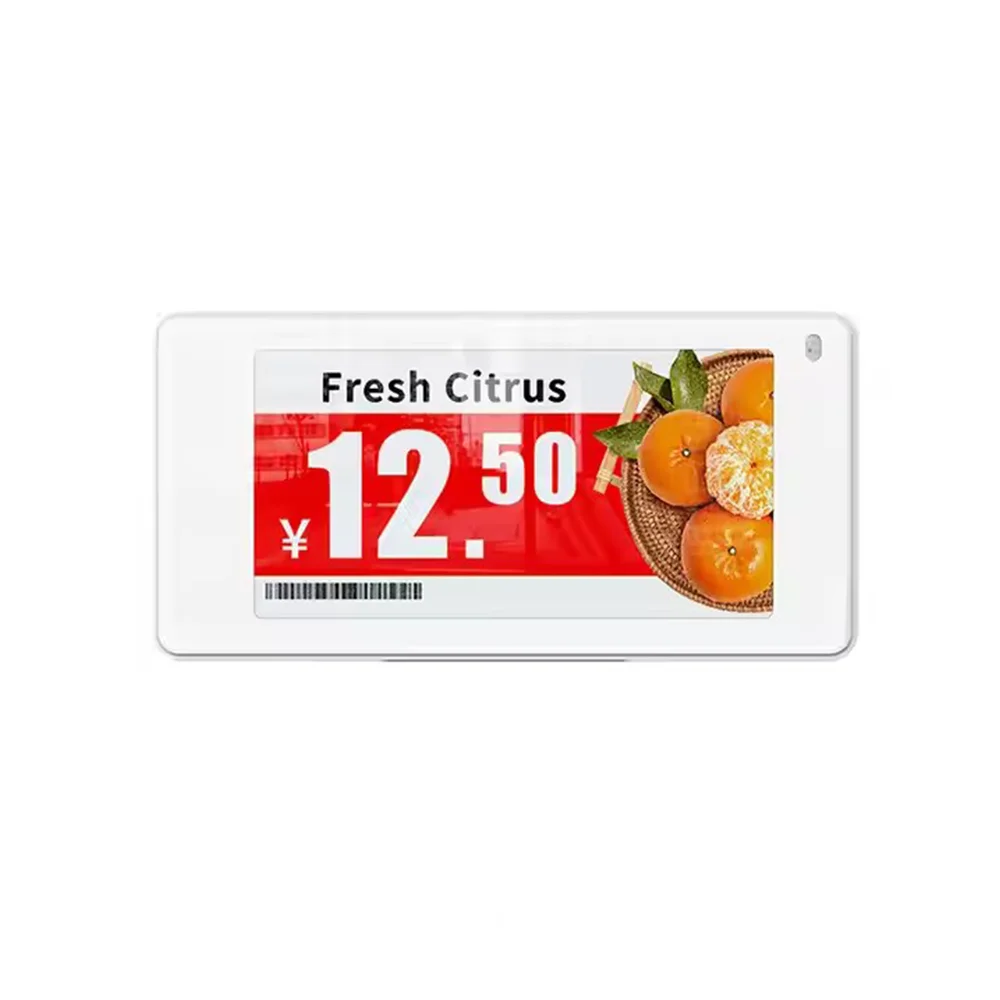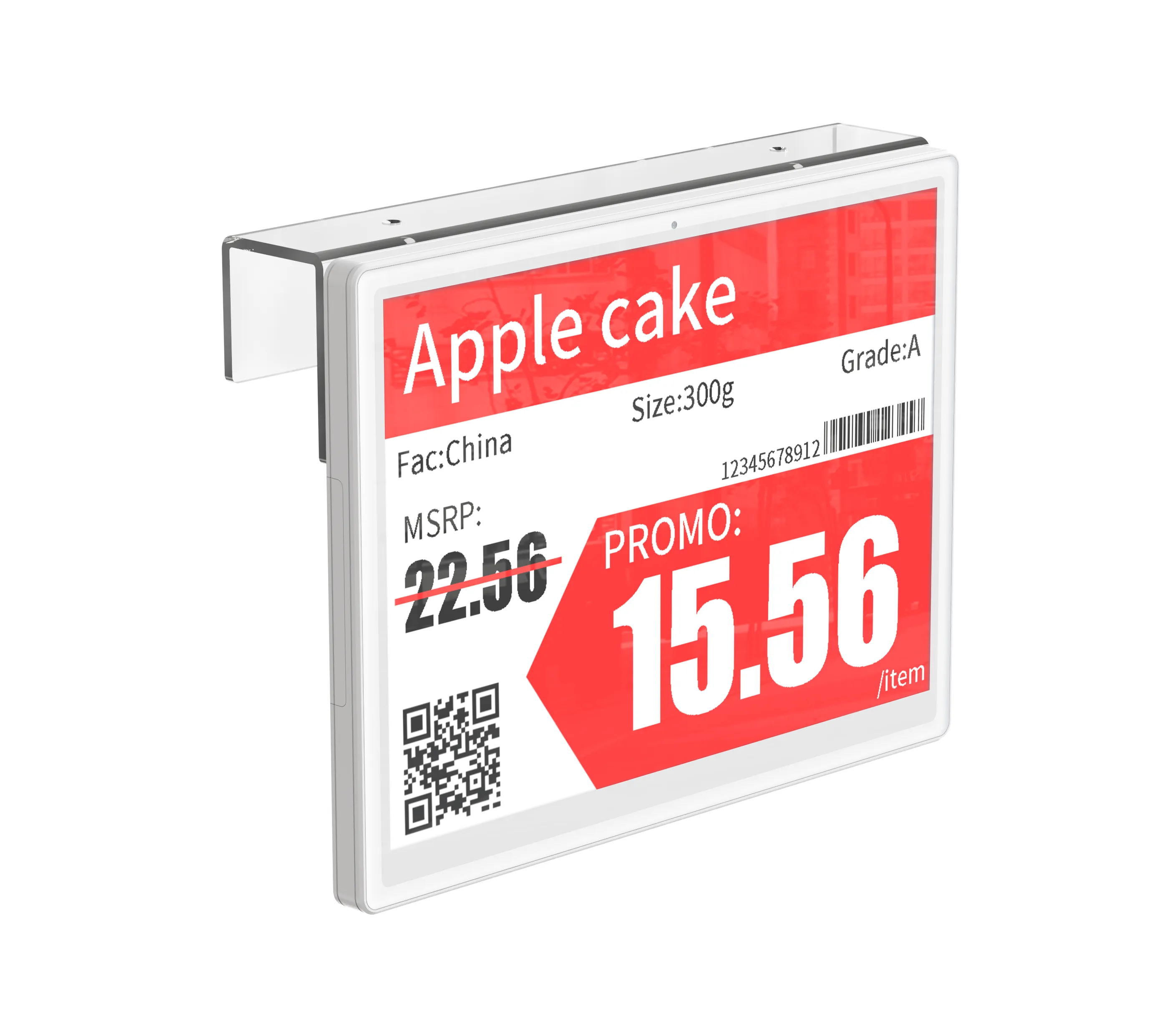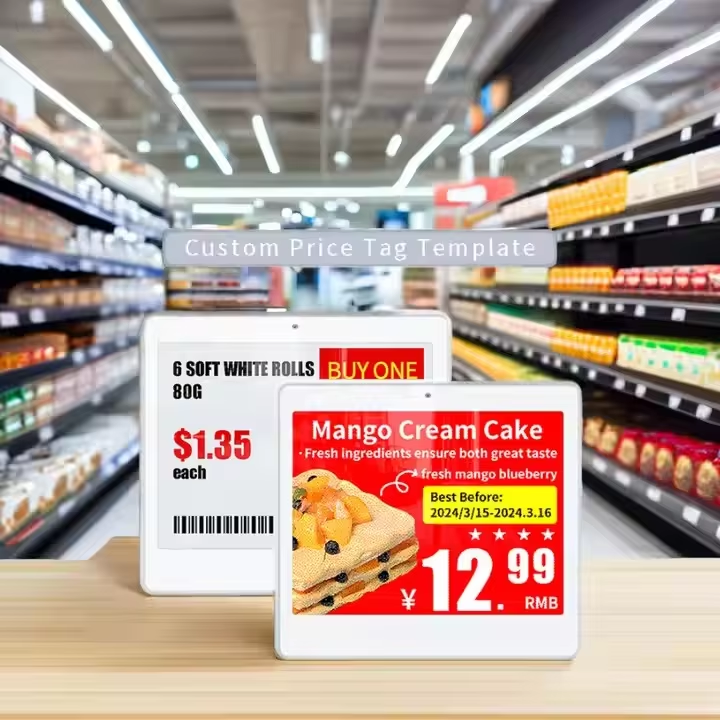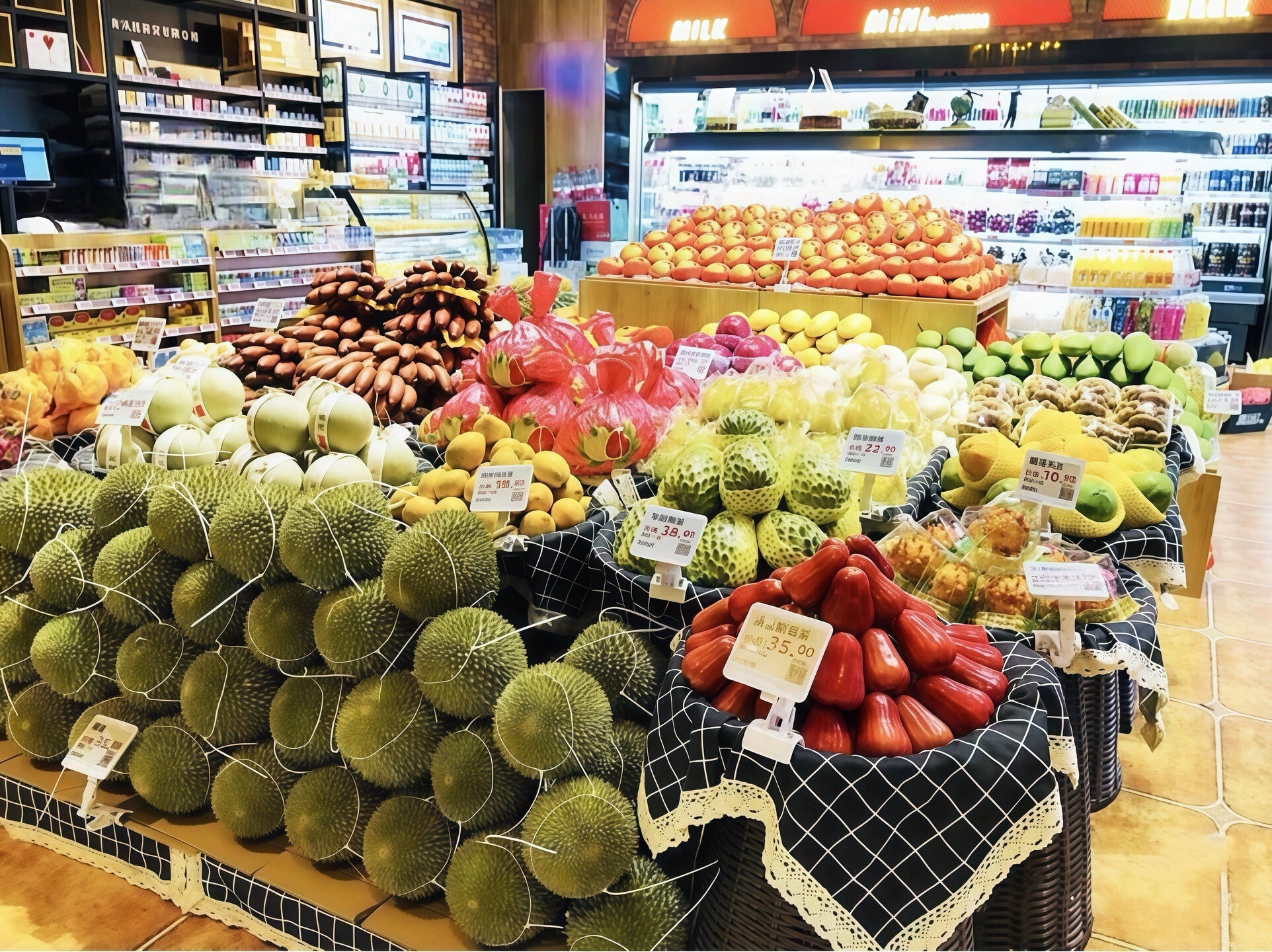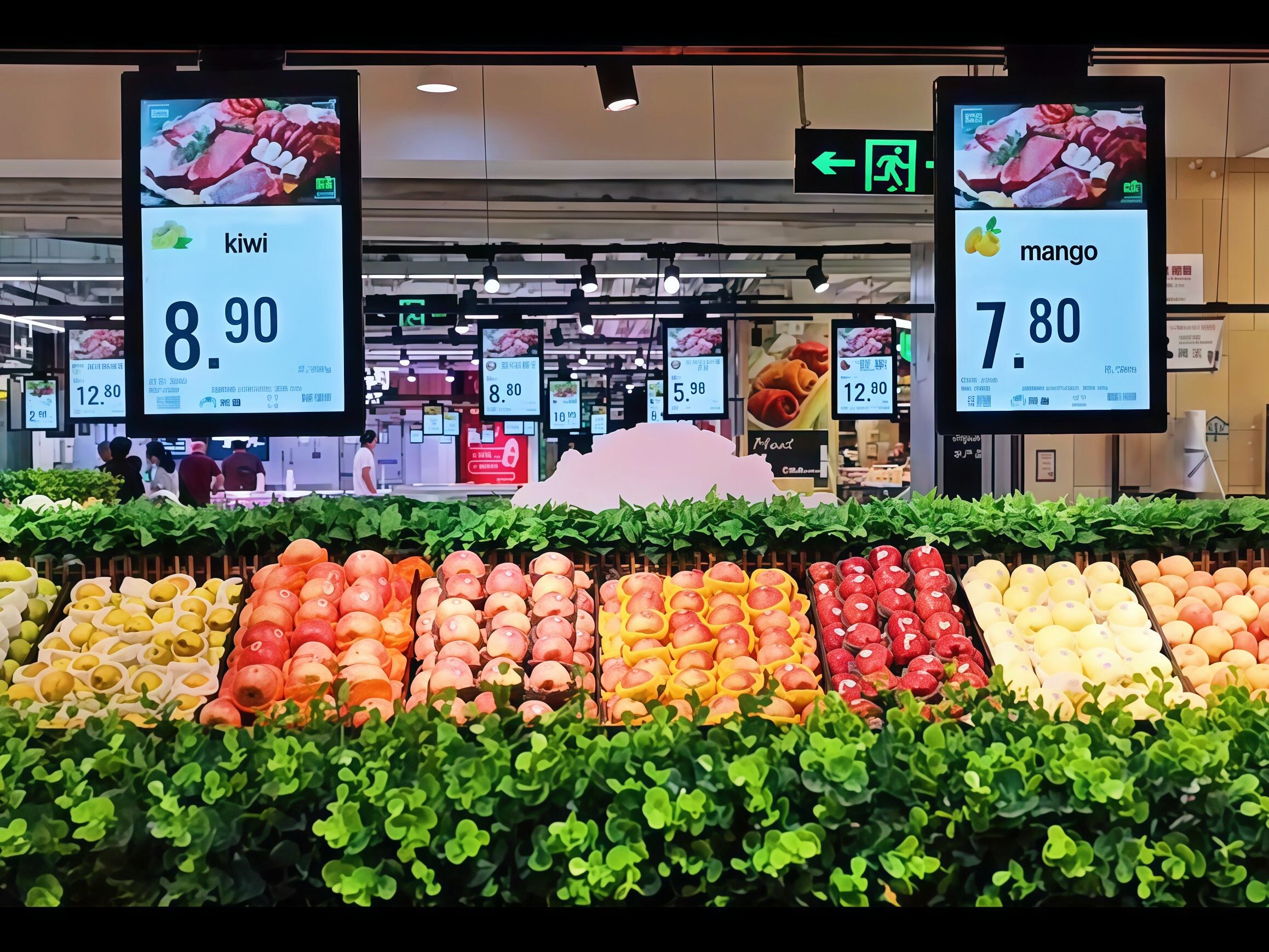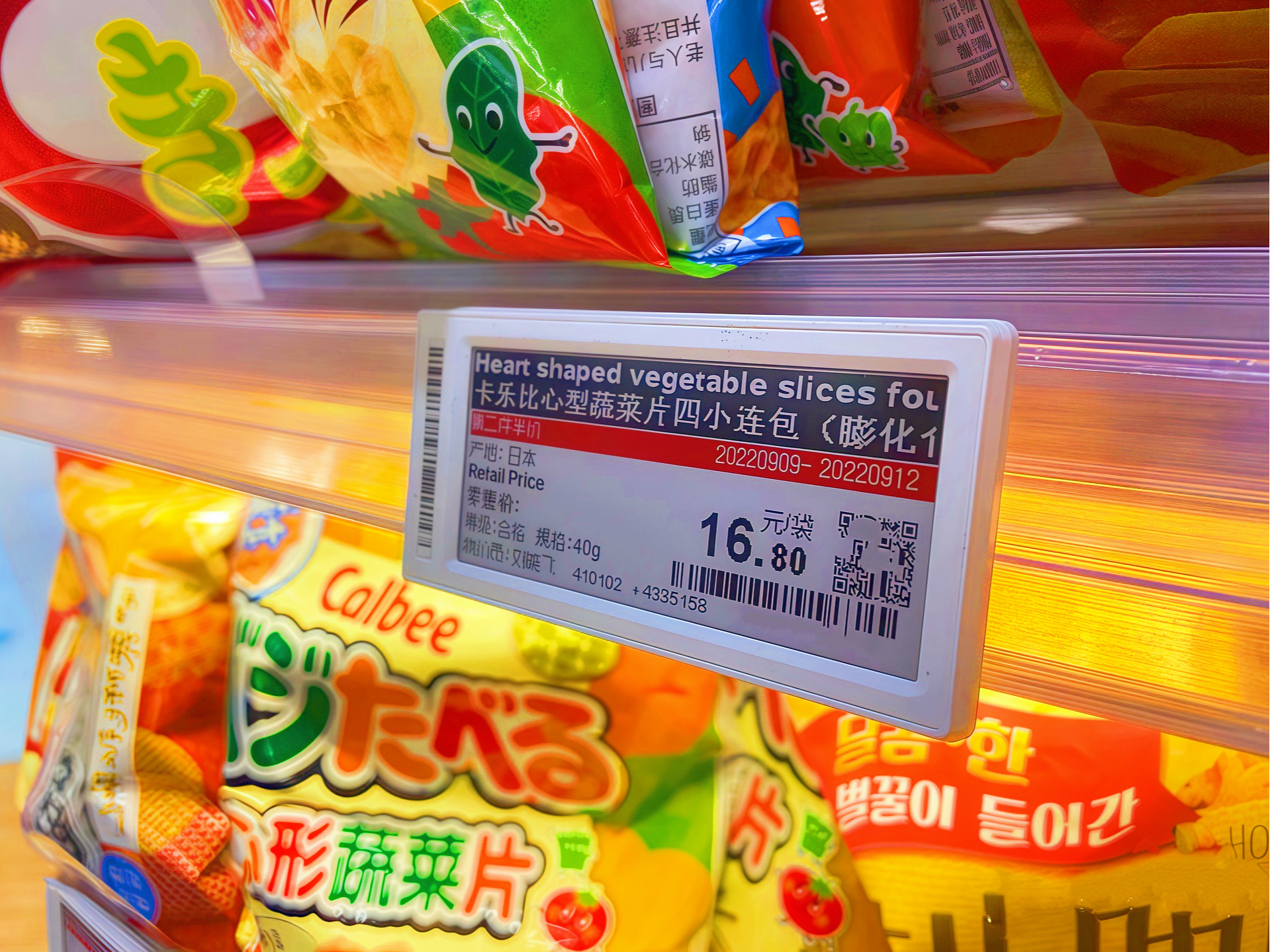commercial retail price labels
Commercial retail price labels represent a crucial component in modern retail operations, combining traditional pricing functionality with advanced technological features. These labels serve as more than simple price indicators, incorporating digital displays, wireless connectivity, and automated updating capabilities. The electronic price tags utilize e-paper or LCD technology to display clear, readable pricing information while consuming minimal power. These systems can be centrally managed through software platforms, allowing retailers to update thousands of prices simultaneously across multiple locations. The labels typically display essential product information including price, product name, unit pricing, and promotional details. Advanced features include NFC capabilities for inventory management, LED indicators for stock picking, and temperature monitoring for cold storage applications. The durability of these labels makes them suitable for various retail environments, from grocery stores to electronics shops. They operate on long-lasting batteries, often providing 5-7 years of continuous use, and communicate through secure wireless networks to maintain pricing accuracy. The displays are designed to be visible under various lighting conditions and can be customized to match store branding requirements. Integration capabilities with existing point-of-sale systems and inventory management platforms make these labels an essential tool for modern retail operations.
